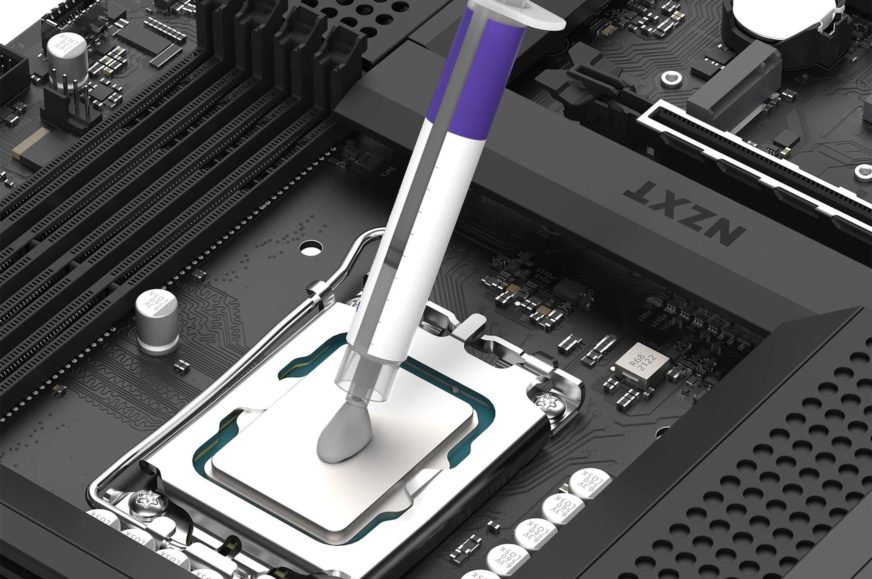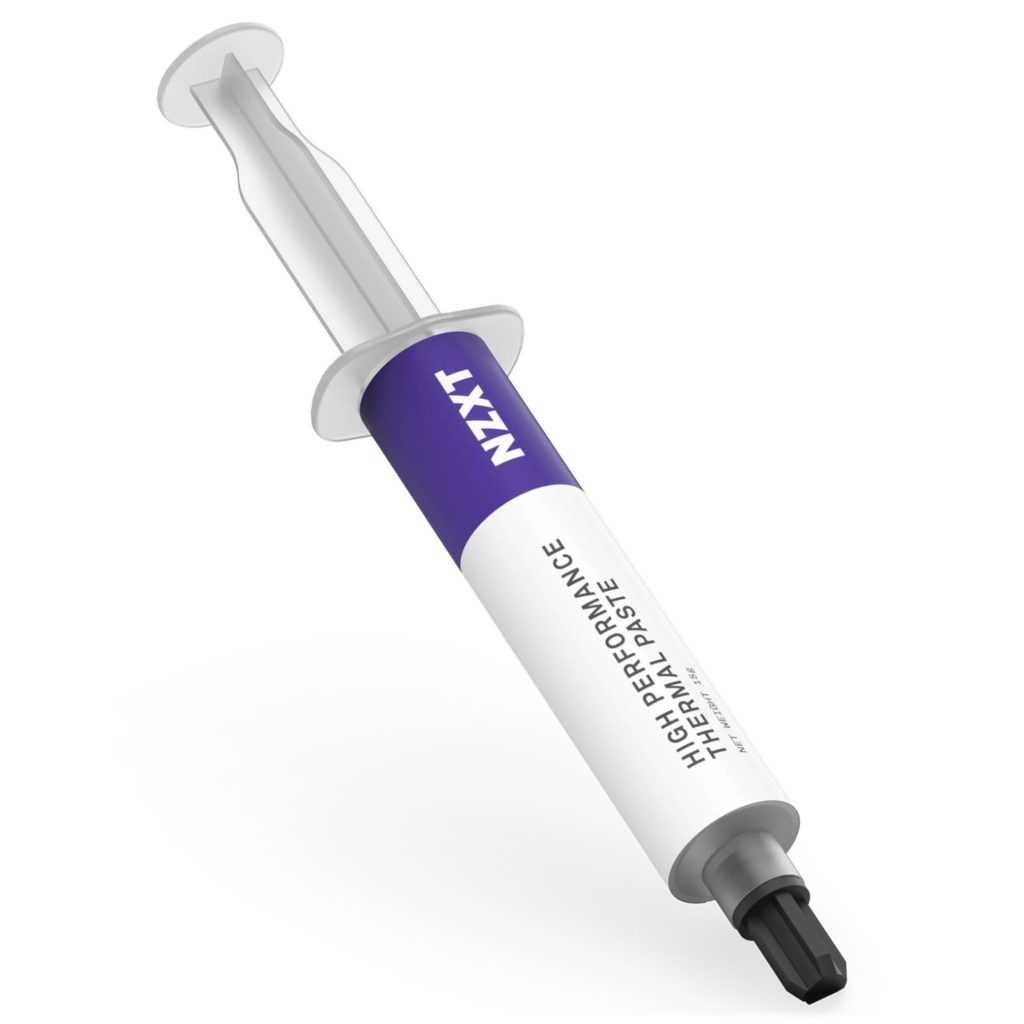NZXT enters the thermal paste market
NZXT has released its first thermal paste and looking at its parameters opens the topic of what quality the manufacturers present us on paper. However, NXZT is probably not pretentious, on the contrary, the paper thermal conductivity of their thermal paste is surprisingly low considering the price. Is this the reality, are other manufacturers (with two to three times higher thermal conductivity values) misleading or is NZXT thermal paste uncompetitive?
Here we have a thermal paste, which costs three euros per gram, and when you divide that by the stated thermal conductivity (6.3 W/mk), you arrive at a rather unfavourable ratio. For example, compared to the Alphacool Apex, which sells for similar money but is supposed to be three times more thermally conductive.
The price to thermal conductivity ratio here has NZXT underperforming even when compared to the iconic Arctic MX-2 paste. This one has (or had, Arctic is now hiding key parameters, that’s also interesting…) only slightly lower 5.6 W/mk, but at the same time at four times lower price. It sort of implies that something must be wrong.
One of the possibilities, of course, is that the NZXT paste isn’t really worth much. But it is also possible that it will not be that bad compared to other pastes with proclaimed higher thermal conductivity. Nobody seriously tests thermally conductive pastes, so there’s no way to say that the parameters don’t match. This is similar to the case with fans, in whose tests we have been convinced of clear deceptions many times.
In the case of NZXT, the fact that the stated thermal conductivity is lower than it really is is also a consideration. However, the probability of this scenario is likely to be very low. Admittedly without ratios, but in quite some detail NZXT also lists the composition, which is based on zinc oxide, liquid polymer and aluminium. Otherwise, the essential ingredients are often hidden, making the parameters completely opaque.
Of course, these strange affairs are also the result of a lot of pressure on sales. Most people make decisions based on the manufacturer’s parameters and trust them blindly. When the bar keeps moving in parameter misrepresentations and someone gets the performance parameters right, it’s ultimately a bit of marketing suicide. Even in this case NZXT did not escape the derisive comments about the unattractive price/”performance” ratio. But maybe it really will be a flop, who knows… However, without relevant tests, one should always work with parameters with caution and look with a bit of an open mind.
At a density of 3.5 g/cm3, the viscosity of NZXT paste (35~220×10³ mPa.s) should be quite low. You probably won’t be able to tell the consistency right away from the description in the brackets, but it’s supposed to be a thinner paste with a comfortable application. And especially one that fills even the smallest of gaps on the contact surfaces.
The NZXT thermal paste is already available in two sizes. In a 3-gram pack and in a larger, 15-gram pack. The latter comes out at a significant bargain. With a recommended price of 20 USD, it’s twice as expensive, but that’s at 5 times the volume.
English translation and edit by Jozef Dudáš










